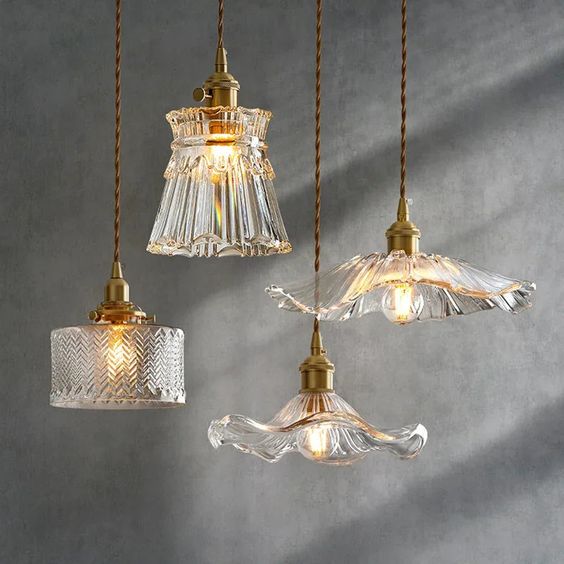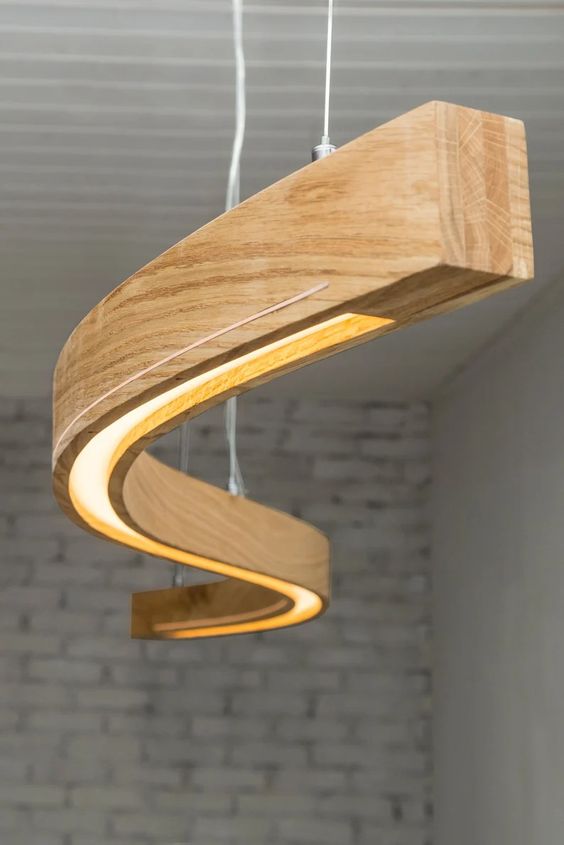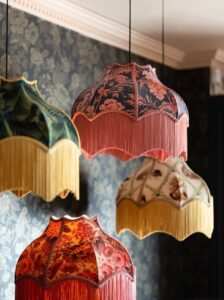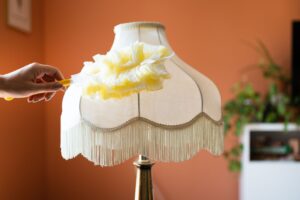Introduction
Pendant lighting has become a staple in modern interior design, offering functionality and aesthetic appeal. These versatile fixtures can enhance the ambience of any space, from cosy kitchens to elegant dining rooms. In this article, we will explore the pros and cons of pendant lighting, providing valuable insights to help you make informed decisions for your lighting needs.

Overview of Pendant Lighting
Pendant lights are fixtures that hang from the ceiling, typically suspended by a cord, chain, or rod. They come in various designs, shapes, and sizes, making them suitable for a wide range of applications in both residential and commercial settings. Whether you are looking to illuminate a dining table, brighten a workspace, or add a decorative touch to your living area, pendant lighting can be an excellent choice.
Pros of Pendant Lighting
1. Versatile Design Options
One of the standout features of pendant lighting is its versatility. With a vast array of styles, shapes, and materials available, you can easily find a pendant light that complements your interior design theme. Whether you prefer modern, traditional, or eclectic designs, there is a pendant light to suit your taste.
2. Space Efficiency
Pendant lights are ideal for smaller spaces due to their compact size. They can be hung at adjustable heights, making them suitable for various ceiling types, including low ceilings. This adaptability allows you to maximize your space while still achieving effective lighting.
3. Focused Lighting
Pendant lights provide concentrated task lighting, making them perfect for specific areas such as kitchens, dining rooms, and workspaces. They can illuminate countertops, dining tables, or reading nooks, ensuring that you have the right amount of light where you need it most.
4. Cost-Effective
Compared to larger fixtures like chandeliers, pendant lights are generally more affordable. They are easy to install and often require minimal maintenance, making them a cost-effective choice for homeowners and businesses alike. Additionally, many pendant lights allow for simple bulb replacements, further enhancing their practicality.
5. Aesthetic Appeal
Beyond their functional benefits, pendant lights can serve as stunning decorative elements in your space. They can enhance the overall ambience, adding character and style to your home or office. With the right pendant light, you can create a focal point that draws the eye and elevates your decor.

Cons of Pendant Lighting
1. Lighting Limitations
While pendant lights are excellent for focused lighting, they may not provide sufficient illumination for larger rooms. In expansive spaces, multiple pendant fixtures may be necessary to achieve adequate lighting levels, which can increase costs and installation complexity.
2. Installation Challenges
Installing pendant lights can be more complex than other types of fixtures. Depending on the design and height, professional installation may be required to ensure proper placement and safety. It’s essential to follow specific guidelines for height and positioning to maximize their effectiveness.
3. Perceived Outdatedness
Some consumers may associate pendant lights with outdated design trends. While many modern styles are available, it’s crucial to choose designs that resonate with current aesthetics to avoid a dated look in your space.
4. Maintenance and Replacement Costs
Although pendant lights are generally low-maintenance, bulb replacement can be costly and inconvenient, especially for fixtures that require specialized bulbs. Regular maintenance may also be necessary to keep the fixtures in good condition and ensure optimal performance.
5. Placement Restrictions
Not all spaces are suitable for pendant lighting. Factors such as ceiling height, room layout, and design requirements can limit their effectiveness. It’s essential to consider these aspects before committing to pendant lights in your design plans.

Conclusion
In summary, pendant lighting offers a range of advantages, including versatile design options, space efficiency, focused lighting, cost-effectiveness, and aesthetic appeal. However, it also comes with certain drawbacks, such as lighting limitations, installation challenges, and maintenance considerations. By weighing these pros and cons, you can make an informed decision about whether pendant lighting is the right choice for your space.
Related Questions
What are the best materials for pendant lights?
Pendant lights are available in various materials, including metal, glass, wood, and fabric. Each material offers different aesthetic qualities and durability, allowing you to choose based on your design preferences and functional needs.
How to choose the right size pendant light for your space?
To select the appropriate size pendant light, consider the dimensions of the area you wish to illuminate. A general rule of thumb is to add the room’s width and length in feet to determine the diameter of the pendant in inches.
Are pendant lights energy-efficient?
Many modern pendant lights use energy-efficient LED bulbs, which consume less electricity and have a longer lifespan compared to traditional incandescent bulbs. This makes them an eco-friendly choice for your lighting needs.
What are the latest trends in pendant lighting design?
Current trends in pendant lighting include minimalist designs, bold colours, and mixed materials. Geometric shapes and oversized fixtures are also gaining popularity, allowing for unique and eye-catching installations.











